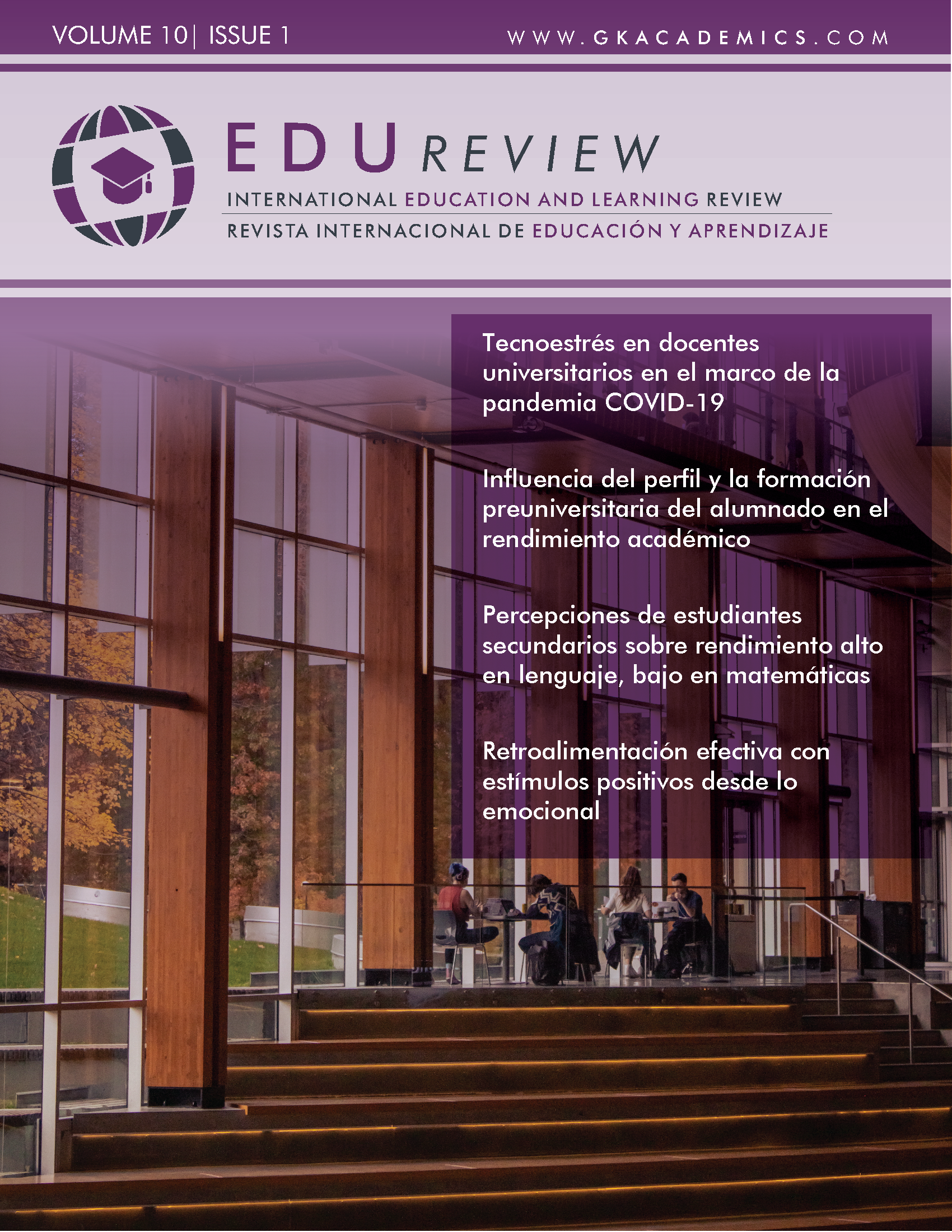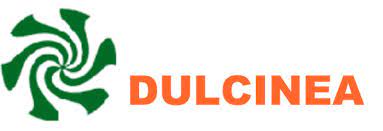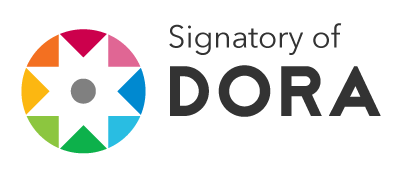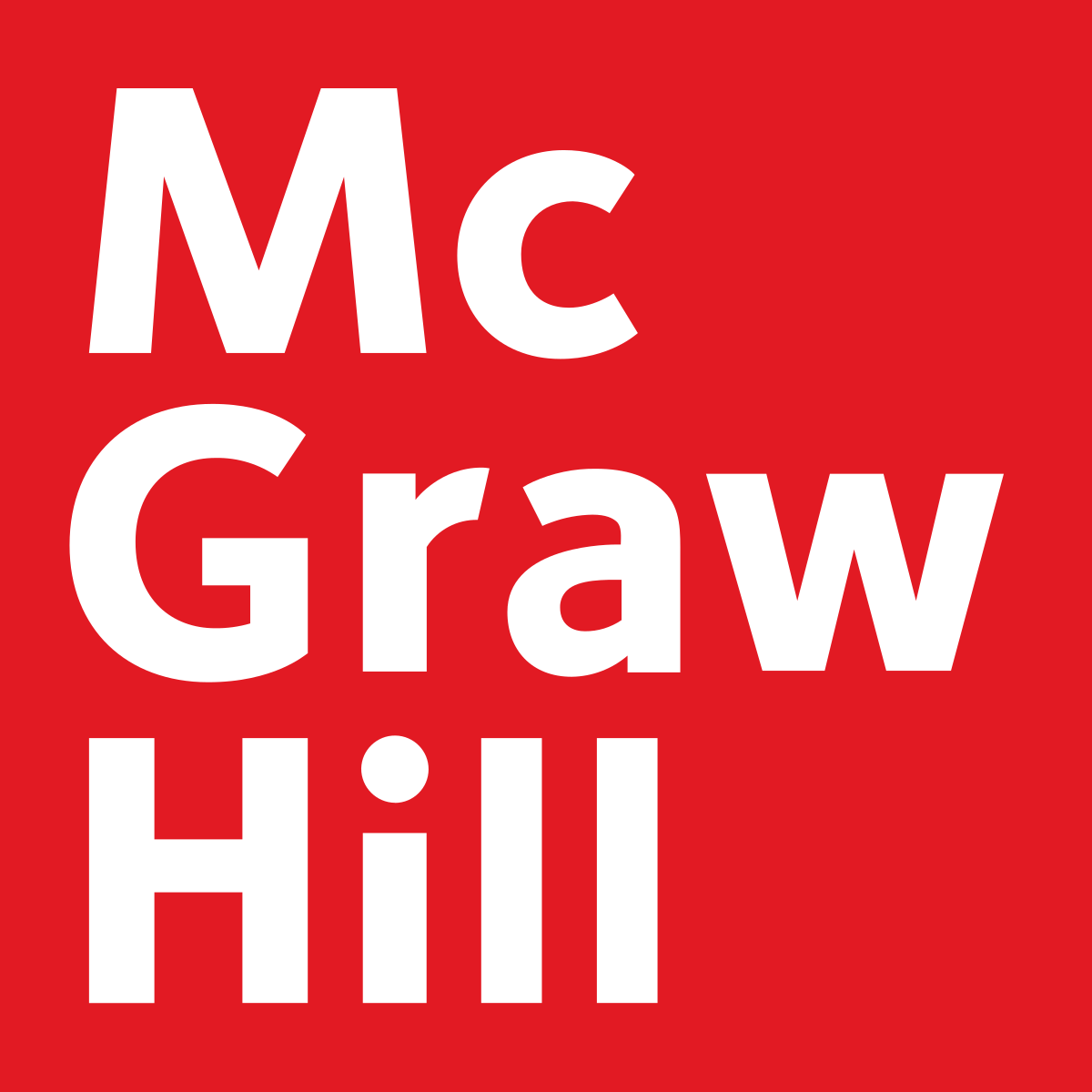Influence of Student Profile and Pre-University Education on Academic Performance
Study in the First Year Undergraduate Chemistry Course in Four UCM Degrees
DOI:
https://doi.org/10.37467/gkarevedu.v10.3160Keywords:
Science education, Pre-university training, Student profile, First course of degree, Chemistry, Student opinionsAbstract
This paper analyzes and compares the characteristics of the profile of new students in four science degrees at the UCM. In addition, the academic performance of students entering the University in the subject of Chemistry is examined, as well as its relationship with their starting situation. Likewise, the deficiencies they present in this subject have been detected, based on the degree of knowledge's self-evaluation of the pre-university syllabus of the subject. The results show that the majority of students would have chosen another university course if they had obtained the necessary qualifications for it, and less knowledge in subjects specifically taught in the pre-university course.
Downloads
Global Statistics ℹ️
|
375
Views
|
115
Downloads
|
|
490
Total
|
|
References
Bain, K. (2014). Lo que hacen los mejores estudiantes de universidad. Universidad de Valencia.
Bowden J. y Marton, F. (2012). La Universidad: Un espacio para el aprendizaje. Más allá de la calidad y la competencia. Narcea.
Conde, L., Donoso, J. M. y del Río, E. (2006). El fracaso de la formación científica en la enseñanza preuniversitaria y la L.O.E. Revista Española de Física, 20(1), 1-6.
Cuervo Rodríguez, R., García Fresnadillo, D., Moreno Jiménez, F., García Pereira, F.J., Martínez Sánchez, J.C., y Sánchez Arroyo, A.J. (2018). Introducción al diseño de cursos cero para materias básicas del primer curso de Grado en Ciencias mediante enseñanza virtual. Eprints Complutense. https://eprints.ucm.es/45951/.
Fernández-Mellizo, M. y ConstanteAmores, A. (2020). Determinantes del rendimiento académico de los estudiantes de nuevo acceso a la Universidad Complutense de Madrid. Revista de Educación, 387, 213-240. https://doi.org/10.4438/1988-592X-RE-2020-387-433
Gaviria Soto, J. L. (2005). La equiparación del expediente de bachillerato en el proceso de selección de alumnos para el acceso a la universidad. Revista de Educación, 337, 351-387.
García Fresnadillo, D. (Coord.) (2008) Adquisición de competencias profesionales por estudiantes de primer curso de la titulación en química. Universidad Complutense de Madrid.
Johnston, B. (2013). El primer año de universidad. Una experiencia positiva de transición. Narcea.
Paredes, J., de la Herrán, A. (Coords.) (2010). Cómo enseñar en el aula universitaria. Pirámide.
Rué, J. (2007). Enseñar en la universidad. El EEES como reto para la educación superior. Narcea.
Vázquez Córdova A. S., (2021). Estrategias de aprendizaje de estudiantes universitarios como predictores de su rendimiento académico. Revista Complutense de Educación, 32(2), 159-170. https://dx.doi.org/10.5209/rced.68203 DOI: https://doi.org/10.5209/rced.68203
Downloads
Published
How to Cite
Issue
Section
License
Those authors who publish in this journal accept the following terms:
-
Authors retain copyright.
-
Authors transfer to the journal the right of first publication. The journal also owns the publishing rights.
-
All published contents are governed by an Attribution-NoDerivatives 4.0 International License.
Access the informative version and legal text of the license. By virtue of this, third parties are allowed to use what is published as long as they mention the authorship of the work and the first publication in this journal. If you transform the material, you may not distribute the modified work. -
Authors may make other independent and additional contractual arrangements for non-exclusive distribution of the version of the article published in this journal (e.g., inclusion in an institutional repository or publication in a book) as long as they clearly indicate that the work was first published in this journal.
- Authors are allowed and recommended to publish their work on the Internet (for example on institutional and personal websites), following the publication of, and referencing the journal, as this could lead to constructive exchanges and a more extensive and quick circulation of published works (see The Effect of Open Access).













